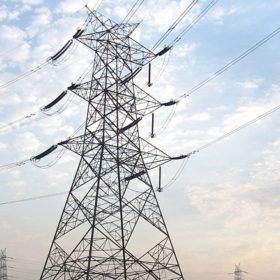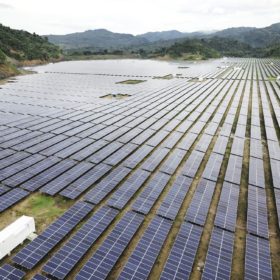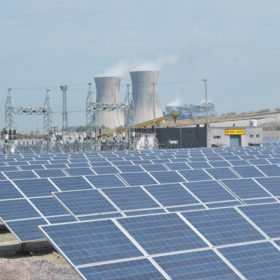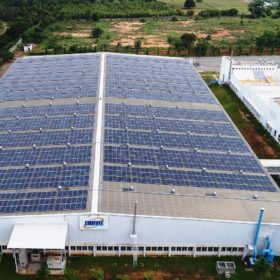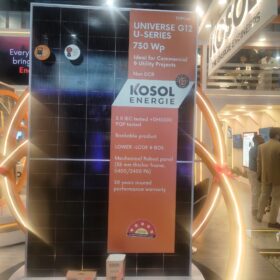Indian researchers develop low-cost, durable catalyst for hydrogen production
Researchers from India’s Centre for Nano and Soft Matter Sciences (CeNS) have developed a coordination polymer based catalyst for hydrogen production that exhibited exceptionally high durability for 70 hours at a high current density of −300 mA/ cm2.
NTPC 1.2 GW ISTS solar auction sees aggressive tariff of INR 2.43/kWh
Low solar tariff trends can be attributed to developers’ desperate attempt to take advantage of the current situation wherein only safeguard duty of 14.9% is applicable, according to JMK Research.
UK investor acquires two Acme Solar projects aggregating 400 MW
Private equity investor Actis has completed the acquisition of Haryana-based Acme Solar’s 400 MW PV assets in the states of Andhra Pradesh and Madhya Pradesh.
Government priority is to make Li-ion batteries in India: Transport minister
The government is acquiring lithium mines abroad to ensure raw material availability for electric vehicle battery production. Among other technology alternatives for EVs, it is looking at developing indigenous hydrogen fuel cells with hydrogen derived from biomass.
Early coal plant retirement first hurdle in reducing discom debt
The Indian power distribution sector needs bold policy choices such as the closure of old, inefficient coal-based power plants to improve its financial viability. Early retirement of expensive coal power contracts will result in significant savings for the states as they can contract cleaner, cheaper renewable power.
KFW offers Rs 600-crore loan for 125 MW Bengal solar park
The cash injection—for a 15-year term at 0.15% interest—will cover 80% of the overall solar project cost of Rs 750 crore.
BHEL seeks containerized PCUs for 20 MW NTPC solar plant in Gujarat
The scope of work for the successful bidder includes supply, installation, and commissioning of the supplied units at the project site. Bidding closes on August 17.
Karnataka opens tender for rooftop solar in Belagavi
Developers have until August 29 to submit bids for the installation of grid-connected rooftop solar plants on selected government buildings of Belagavi Smart City.
IoT startup Probus raises seed funding for smart grid platform
The startup—which has developed an Internet of Things (IoT) based service for power grid monitoring and automation—will use the amount to strengthen the software platform and expand the scale to different geographies.
Ayana Renewable acquires 40 MW PV projects from First Solar
This marks the first such acquisition for the Bengaluru-based developer as it looks to acquire high-quality operating renewable assets to ensure a balanced risk portfolio.




